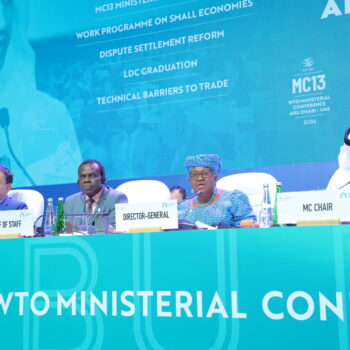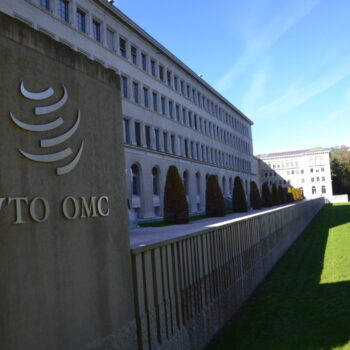The EU's Energy Union Governance regulation is entering the second, and probably last, step of the legislative process that should lead to its adoption. The regulation oversees climate and energy planning and reporting after 2020 and set out rules for member state accountability.
The European Commission introduced in October 2016 a package of legislative texts aiming at delivering ‘Clean Energy for All Europeans’. The publication of the draft directives and regulations was eagerly awaited as such a legislative package typically occurs only once in a decade. The aim of the package is to set the 2030 energy targets and revising the policies, measures and the market design accordingly. While most the proposals included in that package are revising existing legislation, one stands out for its novelty. The Energy Union Governance regulation is probably the biggest change in approach for the post-2020 period.
The Commission initially presented the regulation as a tool to reduce member states’ administrative burden. The proposed text would rationalise existing planning and reporting requirements, hunting duplications and harmonising deadlines. While laudable, such an exercise is not likely to trigger the kind of transformative change Europe needs to remain a leader in renewables and put Efficiency First. Fortunately, there is more to it than catches the eye.
Parliamentarians, diplomats and Commission officials are now seeking agreement on a common text after intense discussion to set each institution’s negotiating mandate.Core elements are still undecided, however, and the robustness of the framework hangs in the balance.
Energy Efficiency, mere guidelines or Efficiency First?
Energy efficiency has the most to win or lose from upcoming discussions. Member states have so far avoided any in-depth discussion about who is ultimately accountable for the delivery of the 2030 energy efficiency target. The regulation needs to include a methodology to equitably share the overall ambition if national targets do not add up. The Commission should monitor progress made by each member state against a trajectory based on mandatory and common checkpoints. In case of delivery gap, national measures must come first.
Commission recommendations, how low can you go?
Commission recommendations are at risk of becoming ineffective. The regulation enables the Commission to issue recommendations in response to national plans. This is important to guarantee an adequate level of ambition, consistency of the plans and delivery of the targets. The Council has however significantly restricted their political reach by refusing the ‘comply or explain’ approach and quantitative recommendations if there is an ambition gap. These restrictions mean that the recommendations would lack the necessary political weight to fulfil their mission.
Public participation, a rubber-stamping exercise?
Public consultation must be based on common standards to guarantee minimum quality. The regulation provides for a mandatory public consultation on a country’s climate and energy plan. It is an opportunity to open a political space at national level for a discussion on 2030 and 2050 ambition and policies. It will bolster public acceptance and improve policy implementation. Policy-makers need to set minimum requirements to guarantee an effective public participation across European countries (timeline, stakeholders, permanent forum).
You can read the full report here: Governance of the EU 2030 Targets: The Jury Is Still Out [201KB]


